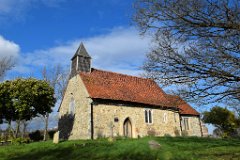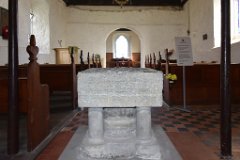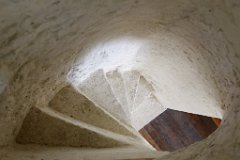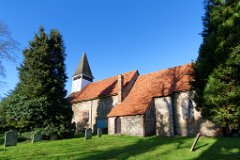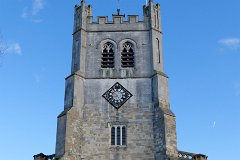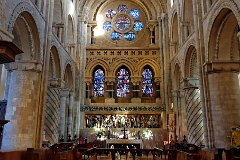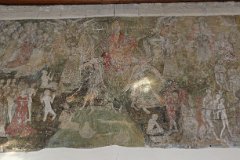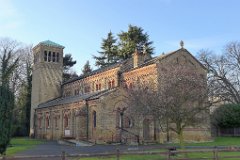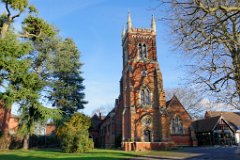11 / 94
Waltham Abbey - Holy Cross & St Lawrence
The original Saxon church on this site was replaced with a stone church by Harold Godwinson, later King Harold II, following a miraculous healing after praying here. Harold was later killed at the Battle of Hastings and his body buried under the church. In 1177 the original community of 13 secular canons established by Harold was replaced by a larger community of 26 canons by Henry II as part of his penance for the murder of Thomas Becket in 1170. It became an abbey in 1184, at which time the church building was huge: about 3 times the size of the present nave.
Waltham Abbey in medieval times was a huge source of power, wealth and influence. It was a focus of pilgrimage throughout the Middle Ages. When Henry VIII ordered the dissolution of the Abbey and the destruction of its buildings (in 1540) he took to himself that power, and that wealth, and that influence.
